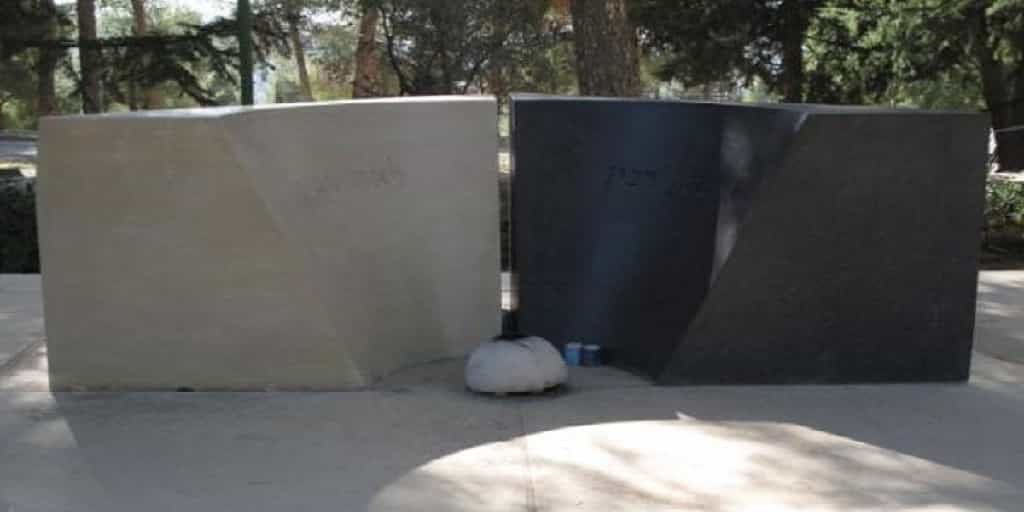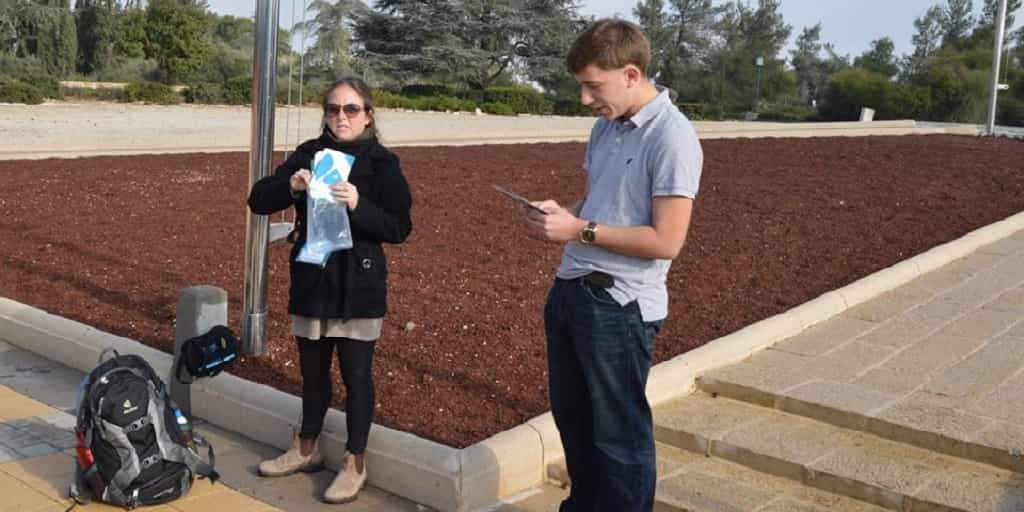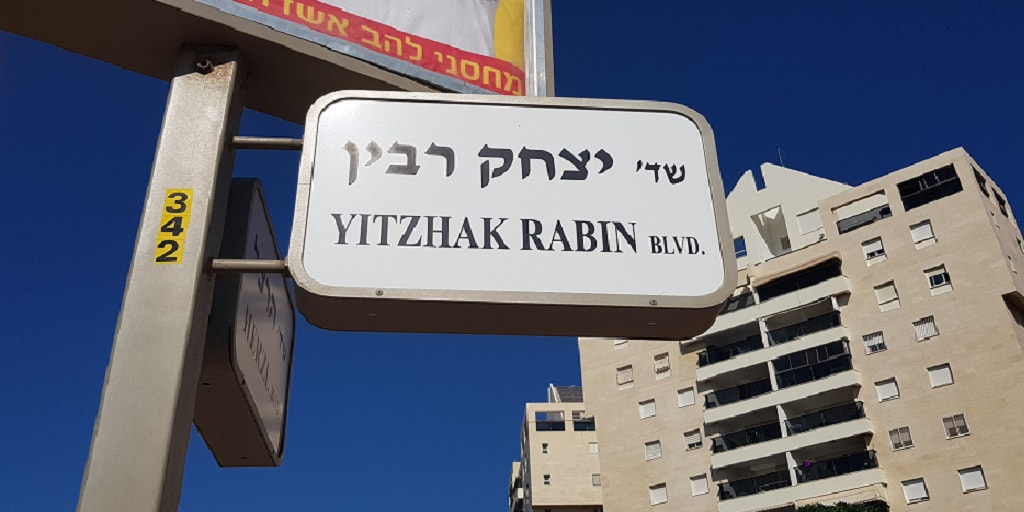Today we remember the 23rd anniversary of Yitzchak Rabin’s assassination. Israel commemorates the date on the Hebrew calendar’s date, which is why we are not remembering his passing on November 5. But on November 5, 1995, Bar Ilan University law student Yigal Amir shot Yitzchak Rabin twice in the back at a peace rally in support of the Oslo Accords. Amir believed that the land for peace deal in the Oslo Accords was an act of betrayal of the Jewish People. Ever since, Yigal Amir has been in prison, and Yitzchak Rabin has been buried at Mount Herzl National Cemetery.

But in the past twenty-three years, how have we remembered Rabin? I’m not talking about the museums built in his name, or about the squares, statues, and other physical memorials. I mean how did the event enter our consciousness, memories, and understandings. Until I sat down and really thought about it, I didn’t really know. So, I went out to check.
I, myself, don’t really remember the event itself….
Even though I was six years old. I have some kind of vague memory of my parents watching the television in shock, of the news coverage of President Clinton saying “Shalom Chaver,” of a feeling of being punched in the stomach in the Jewish community. But I don’t really remember. Rabin’s assassination, instead, has entered my memory and understanding by becoming the lesson when discussing the importance of democratic participation, democratic discussion, civil engagement, and respecting others no matter how much you disagree with the other. It has become part of my understanding that to respect, and continue, his legacy it to hold that discussion; to teach the urgent importance of a civility that should have existed instead of the disrespect that led to Rabin’s assassination.

However, Ehud, remembers the event quite well….
Ehud is a fellow tour guide here in Israel. He was ten when Yitzchak Rabin was assassinated, and all of a sudden the TV show he was watching was interrupted by a News announcement. He called his mother to tell her and look for some sort of way to process it. Ehud was the first one in his family to learn of Rabin’s assassination. And while he doesn’t necessarily tell how he learned of the assassination while he is guiding, he does what can in order to make sure that Israeli society is the best it can be. In a way, that is continuing Rabin’s legacy because what Rabin was working toward the best Israel can be.
My grandmother was in shock when she heard about the assassination….
Irving Bernstein was her brother, my great- uncle, and the Executive Vice President of the United Jewish Appeal (UJA). Through his work, he met many of Israel’s prominent political figures from David Ben Gurion to Shimon Peres. While my grandmother did not get to meet many of them, she knew many stories about them and the work they did to advance the State of Israel. She had a special sort of perspective into Israeli society and politics. This is how she remembers the event twenty- three years later:
“I did not know Yitzchak Rabin personally but I knew what a great leader he was and his efforts to bring peace to Israel. His assassination brought grief to us all. I recall his funeral which was attended by many international deals of state. Clinton eulogist him and called him “chaver” [friend].”
Different organizations work constantly to keep Yitzchak Rabin’s legacy alive….
These are organizations and centers that work to make Rabin’s goals a reality. It ranges from Rabin’s peace goals to his democratic and economic goals. All of these organizations are equally important in keeping his legacy alive. One such organization is the Rabin Center in north Tel Aviv. The center is almost twofold:
- A museum tells the life of Yitzhak Rabin in parallel with the history of Israel. It explores the connections between Rabin’s life and major chapters within Israeli history.
- Seminars are held for Israeli soldiers, school children, and tourists to discuss important topics like democracy, our civic responsibility, and how we can prevent events like what happened to Yitzhak Rabin.
Open throughout the entire year, the Rabin Center works to continue Rabin’s legacy and make his dreams a reality. The Center has influenced school children, soldiers, and Israelis from across the country.
There are other organizations and centers who’s goals promote values similar to those of Yitzchak Rabin’s. They include the Shimon Peres Center of Peace, OneVoice, and the Jaffa Institute. These are organizations that are working fifty-two weeks a year to keep Rabin’s peace goals alive.
So what can we all do about it?

Now, as I mentioned before, different memorials already exist—the same square where Rabin was assassinated is now named after him. His tomb on Mount Herzl is different than other leaders’ tombs in the cemetery. Streets in cities throughout the country are named after him. But I believe that we must also take the time to think about we remember Yitzchak Rabin through our actions, especially on the memorial of his passing. But this is not something we should only on Rabin’s memorial. We must remember Rabin, his life, and its lessons throughout the entire year. How do we do that? I’m not sure there are any right answers. Different podcasts and artists sometimes explore those options. May we all find meaningful ways to remember this important figure in Israeli society.





